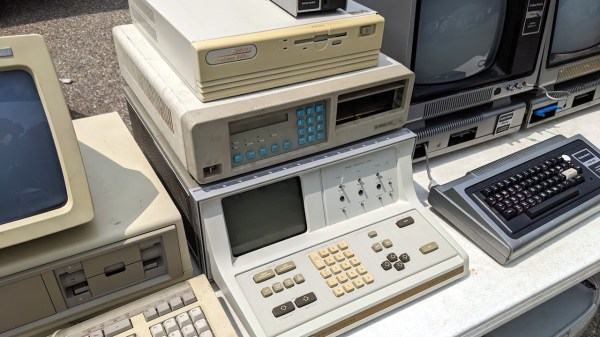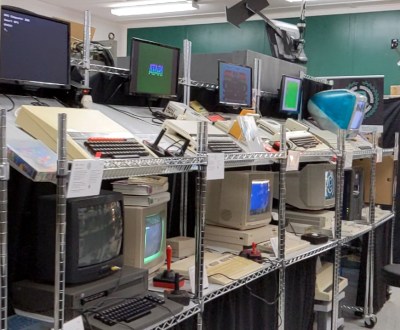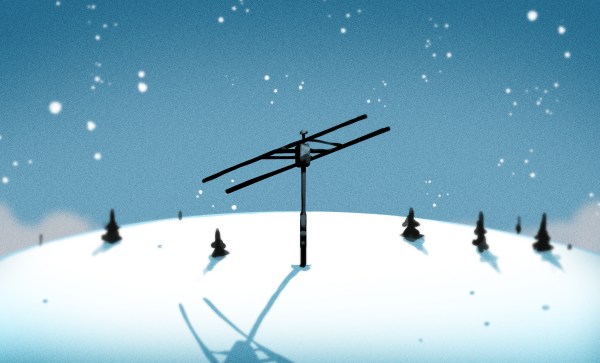This week, Editor-in-Chief Elliot Williams and Kristina Panos don’t have a whole lot in the way of news, but we do know this: the Green Hacks Challenge of the 2023 Hackaday Prize ends precisely at 7AM PDT on July 4th. Show us what you can do in the realm of hacking for the planet, be it solar-based, wind-powered, recycled-trash-powered — you get the idea.
Kristina is now completely down for the count on What’s That Sound, although this week, she was sort of in the neighborhood. But no matter, because we know several of you will nail it. Then it’s on to the hacks, where we have quite a bit to say this week when it comes to cars.
From there we take a look at a really fun gumball run, ponder the uses of leafy meats, and fawn over an Amiga-inspired build. Finally we talk PCB earring art, hacking the IKEA Kvart, and discuss the potential uses for wind-to-heat power.
Check out the links below if you want to follow along, and as always, tell us what you think about this episode in the comments!
Download and savor at your leisure.
Continue reading “Hackaday Podcast 225: Leafy Meats, Wind To Heat, And A Machine That’s Neat”


















